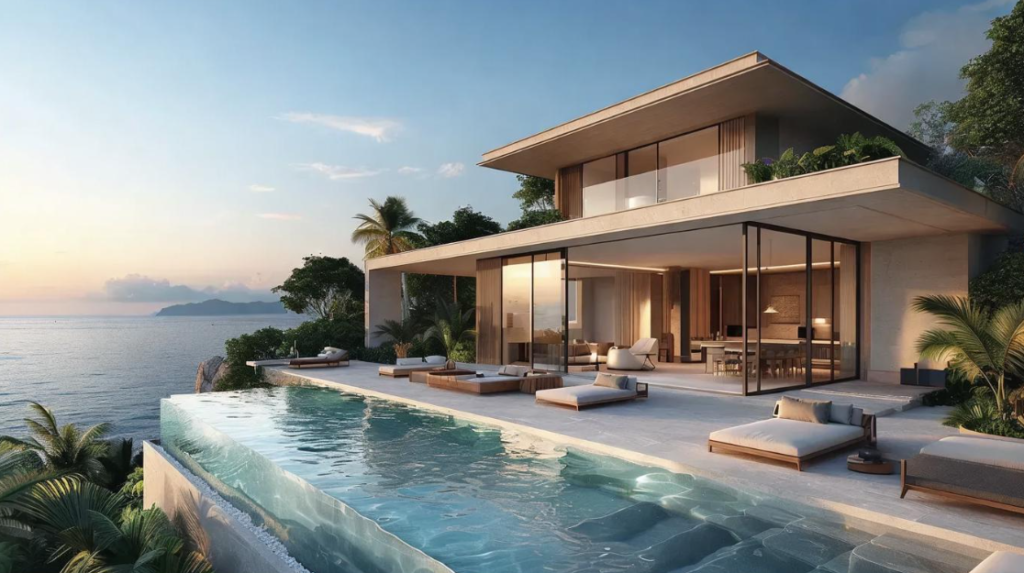
The Art and Purpose of Architectural Design
In architecture, design is more than just aesthetics — it’s how a space works, how it feels, and how it supports the lives of the people who use it. Great architectural design merges creativity with purpose, blending form and function into one seamless experience.
At MSM Group, we believe that every project starts with a deep understanding of the client’s needs and ends with a space that’s not only functional but emotionally resonant.
Understanding the Client’s Vision
Every project begins with a conversation. Whether it’s a cozy home, a modern café, or a large commercial space, our first goal is to understand how the client will use the space.
Is it for daily living? Hosting events? Maximizing employee well-being? These insights shape everything — from how sunlight enters a room to where doors should be placed.
For example:
-
A family home may require open living spaces, natural light, and energy-efficient solutions
-
A workspace may focus on privacy, acoustics, and flow for better productivity
Understanding these needs ensures the design reflects the lifestyle it’s intended to support.
Designing with Flexibility and Vision
Once we have a strong foundation of client input, the creative process begins. Architects explore layout options, test design ideas, and evaluate how each choice affects the final experience of the space. Early sketches evolve into refined concepts — each iteration guided by purpose, proportion, and innovation.
During this phase, we ask key questions:
-
How can we maximize comfort without compromising aesthetics?
-
Can we incorporate sustainable elements without increasing costs?
-
Is the design timeless or tied to trends?
These questions help create environments that are not only visually stunning but also highly functional and long-lasting.
Creative Problem-Solving at the Core
Great architecture doesn’t follow a template — it solves problems creatively. Whether it’s a tight site, a unique client request, or a tricky regulation, we find ways to adapt, innovate, and excel.
Our team often introduces features like:
-
Large open windows for natural light
-
Smart storage built into the layout
-
Terraces, courtyards, or green roofs for wellness
-
Energy-saving design systems for long-term savings
These aren’t add-ons — they’re integrated into the core of the design.
Bringing It All to Life with BIM
Once the design direction is finalized, we translate sketches into intelligent 3D models using BIM (Building Information Modeling) tools like Revit. This stage adds precision and clarity. Clients can walk through their spaces virtually, make informed decisions, and visualize materials and lighting before a single brick is laid.
BIM also reduces coordination errors and helps speed up approvals, saving time and money during construction.
Conclusion: More Than Just a Drawing
Architectural design is a journey — from idea to execution. It blends imagination with technical skill, solving real-world problems with elegance and precision.
At MSM Group, we design buildings that feel as good as they look — homes you love living in, spaces you’re proud to work in, and designs that leave a lasting impression.
Ready to bring your dream space to life?
Our architectural design team will help turn your ideas into functional, beautiful realities.
Explore our design services or
let’s start your project today .